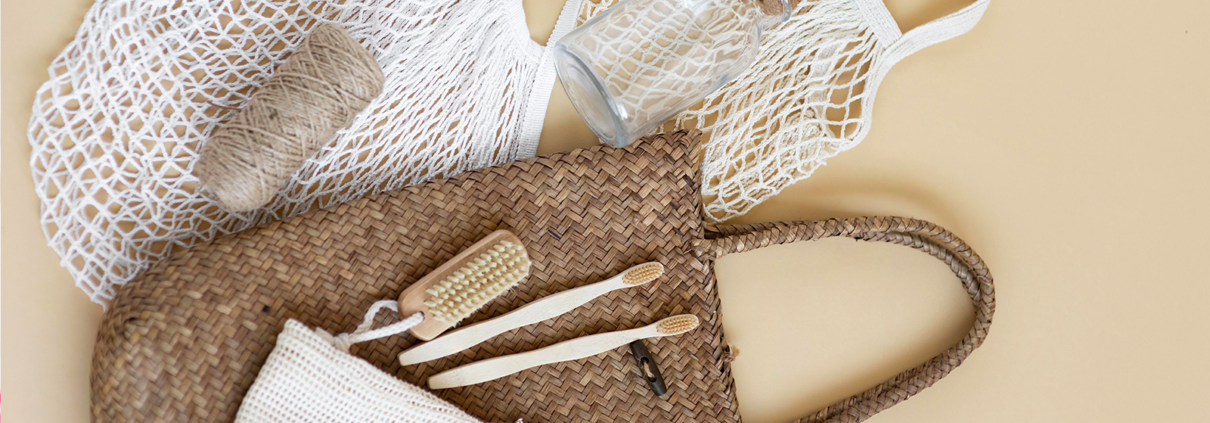eco-design is an approach to product design that takes into account environmental impact throughout the product life cycle, from the extraction of raw materials to the end of the product’s life.
This approach aims to minimise negative environmental impacts while maximising social and economic benefits. Eco-design can include sustainable material choices, energy-efficient production methods, reusable or recyclable packaging, less polluting modes of transport and environmentally-friendly end-of-life options.
Eco-design is increasingly used by companies to meet regulatory requirements, cut costs and improve their brand image.
How does eco-design contribute to the circular economy?
circular economy is an economic model that aims to optimize the use of resources by closing product life cycles. Instead of producing, consuming and throwing away products, the circular economy proposes designing products that are more durable, repairable, recyclable or reusable, thereby extending their lifespan and reducing the amount of waste produced.
Eco-design is one of the fundamental principles of the circular economy, as it enables us to design products that are more respectful of the environment and can be easily reused, repaired or recycled. By integrating eco-design into design and production processes, companies can help create a more sustainable and resilient economy, by aligning economic and environmental interests.
The benefits of eco-design
Eco-design can reduce a product’s environmental impact by between 10% and 40%, depending on a number of indicators, while preserving resources and biodiversity, preventing pollution and nuisance, and balancing the climate and land use.
Eco-design offers a new perspective on products, revealing original lessons that are not limited to environmental aspects, but also extend to product quality, function, materials and technologies employed.
Eco-design involves several professions within the company, reinforcing synergy between teams and leading to new synergies with other players in the sector, while at the same time being motivating and interesting.
Eco-design reduces production costs by saving materials and energy, optimizing the supply chain and producing less waste. This can help position the product in a more affordable market segment.
Eco-design is a production method that makes it possible to reconcile sometimes contradictory objectives, while reducing production costs. It is easy to set up and can help position the product on a more affordable market.
That’s why CircularPlace has developed a marketplace allowing the resale of your non-food waste between professionals, and puts you in touch with non-profit organizations to recover your products.
You can also opt for a white-label solution solution, which will enable your company to circularize your equipment internally and engage your employees in ecological issues.




